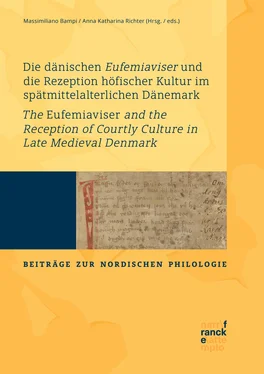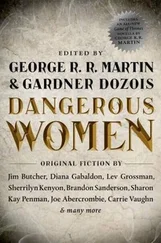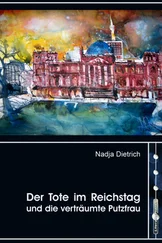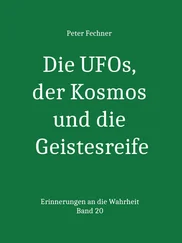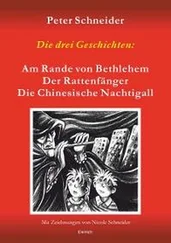Thus, genre development can be discussed from either a textual or a social viewpoint, and from positions between these two typical approaches. Whetter (2008) takes the essentialistic genre definitions as realities for the medieval audience, arguing that, for example, genre parodies would be impossible without the audience having a clear idea of the typical characteristics of the genre in question. From another perspective, Brown-Grant (2008: 7) argues that the general use of prose in the fifteenth century levelled out some generic distinctions, and with less distinct textual characteristics, like prose instead of a certain metre, genre categories became open for debate. It is clear that a thorough understanding of a genre and its evolution requires attention to the complex interplay between the textual properties and ideas underlying social categorisation in a continual negotiation of categories in a textual culture.
In the following discussion, I am less concerned with the textual properties of specific works than with the corpus as a whole. I will, as indicated above, speak about the Eufemiavisor Eufemiavisor (schwed.) as a group of texts that, despite their internal differences, formed an identifiable group and potential category of texts for the medieval readers. I believe we cannot expect that the readers in medieval Sweden had a thorough knowledge of the relation each of these works had to the different international traditions of narratives to which they belonged. Most of them probably perceived them as one kind of text, be it a genre or some other text category. For the sake of simplicity, I speak of them as examples of East Scandinavian romance. When new narrative works of fictional character show up in the fifteenth century, it is reasonable to believe that people saw the differences between them and the Eufemiavisor – or the similarities, as in the case of the Danish knightly verse-tales. The difference could be on the formal level, like prose in contrast to knittel verse, but one would also need to consider content, values, motives etc. It is, however, not clear if they saw these new texts as a different category or as variants of the same basic kind of text. This is a field that needs further exploration and a more in-depth theoretical discussion.
Essentialistic definitions, like the one cited above, can be used as a methodological starting point, but one also must consider the historical circumstances and manuscript contexts. Most importantly, it is necessary to treat such definitions as prototype categories, that is a category with a core and with blurred boundaries.7 Some texts undoubtedly belong to the core while others linger on the fringes or appear to be on the outside.
One type of text that has been excluded from the present investigation is historical verse-chronicles. Even though they were influenced by the Eufemiavisor Eufemiavisor (schwed.) in terms of literary form and style, they represent another epistemological discourse that connects to the readersʼ political and geographical real-world horizon of experiences, in contrast to the more or less far-away settings of romance adventures. An adjacent group of texts are the texts about Alexander the Great, Theoderic or Charlemagne, the ‘heroic epics’, which carry a greater weight of historical substance than, for instance, the Arthurian stories, but which still take place far away and long ago and are not rarely spiced with supernatural elements.8 These texts are kept in the investigation, even if they to some extent belong to historiography. The new prose narratives that appear in late Middle Ages are, however, kept in the investigation regardless of how closely or distantly related they might be to prototypical romance definitions.
To summarise, when I ask the question of what happens to romance in East Scandinavia, I am not primarily interested in discussing the change in the properties of certain texts and how they relate to any definition of a genre. Rather, I wish to follow the fate of a historically defined group of texts, the Eufemiavisor Eufemiavisor (schwed.), and the kind of text they represent within a broader group of related secular narratives by investigating continuity, variation and change in the corpus.
Конец ознакомительного фрагмента.
Текст предоставлен ООО «ЛитРес».
Прочитайте эту книгу целиком, купив полную легальную версию на ЛитРес.
Безопасно оплатить книгу можно банковской картой Visa, MasterCard, Maestro, со счета мобильного телефона, с платежного терминала, в салоне МТС или Связной, через PayPal, WebMoney, Яндекс.Деньги, QIWI Кошелек, бонусными картами или другим удобным Вам способом.
